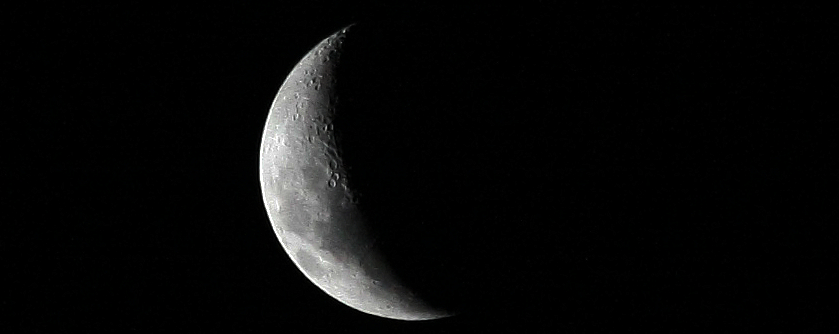New Scientist
Image: lrargerich
How do ocean animals that live below the depth to which moonlight penetrates migrate in phase with the moon?
Hans van Haren of the Royal Netherlands Institute for Sea Research in Den Burg used sonar to track zooplankton movement over 18 months. They migrate up and down the water column on daily and seasonal cycles, and van Haren also identified a strong monthly movement that coincided with lunar cycles (Geophysical Research Letters, vol 34, p L12603). But the zooplankton remain at or below 800 metres, while moonlight penetrates no deeper than 150 metres. “This has nothing to do with physical processes,” say van Haren, “but a biochemical clock could explain it.”
Other studies have shown that zooplankton kept in the dark can retain light-induced biorhythms for several weeks. Van Haren’s work suggests that biorhythms can be preserved for far longer.








